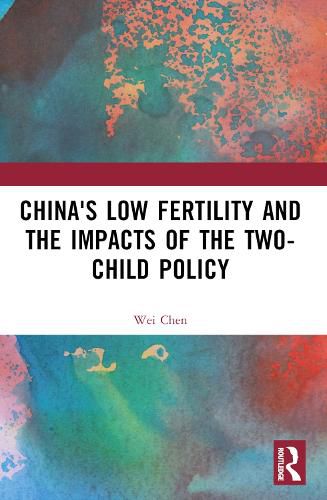Readings Newsletter
Become a Readings Member to make your shopping experience even easier.
Sign in or sign up for free!
You’re not far away from qualifying for FREE standard shipping within Australia
You’ve qualified for FREE standard shipping within Australia
The cart is loading…






This book examines China's fertility transition over the past seven decades and explores the socioeconomic impacts of the two-child policy.
The first half of this book highlights the characteristics of China's low fertility and the risk of falling to an ultra-low state, aiming to answer the question: How China's fertility is changing and evolving? How low is China's fertility? What are the demographic structure, driving forces and institutional characteristics of China's low fertility? The second half models the impacts of the two-child policy on China's population trends and demands for women, infant and child health services, and education resources for preschool, compulsive education, addressing the questions of how the two-child policy affects fertility behaviours of Chinese women, particularly the second-child fertility? How would the two-child policy impact China's future population trends, particularly labour supply and population aging? What are the consequences for obstetrics and gynaecological services, paediatrics and childcare services; and for school capacity and demand for teachers over compulsory education?
The book will be an essential read for students and scholars of Chinese studies, population and demography studies, and those interested in contemporary China.
$9.00 standard shipping within Australia
FREE standard shipping within Australia for orders over $100.00
Express & International shipping calculated at checkout
Stock availability can be subject to change without notice. We recommend calling the shop or contacting our online team to check availability of low stock items. Please see our Shopping Online page for more details.
This book examines China's fertility transition over the past seven decades and explores the socioeconomic impacts of the two-child policy.
The first half of this book highlights the characteristics of China's low fertility and the risk of falling to an ultra-low state, aiming to answer the question: How China's fertility is changing and evolving? How low is China's fertility? What are the demographic structure, driving forces and institutional characteristics of China's low fertility? The second half models the impacts of the two-child policy on China's population trends and demands for women, infant and child health services, and education resources for preschool, compulsive education, addressing the questions of how the two-child policy affects fertility behaviours of Chinese women, particularly the second-child fertility? How would the two-child policy impact China's future population trends, particularly labour supply and population aging? What are the consequences for obstetrics and gynaecological services, paediatrics and childcare services; and for school capacity and demand for teachers over compulsory education?
The book will be an essential read for students and scholars of Chinese studies, population and demography studies, and those interested in contemporary China.